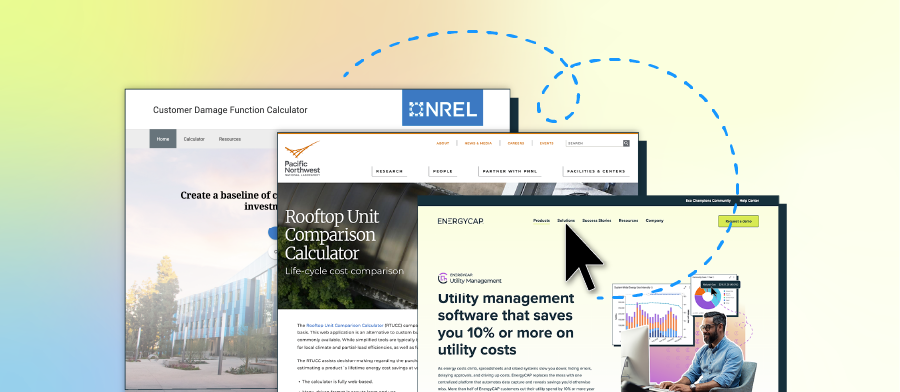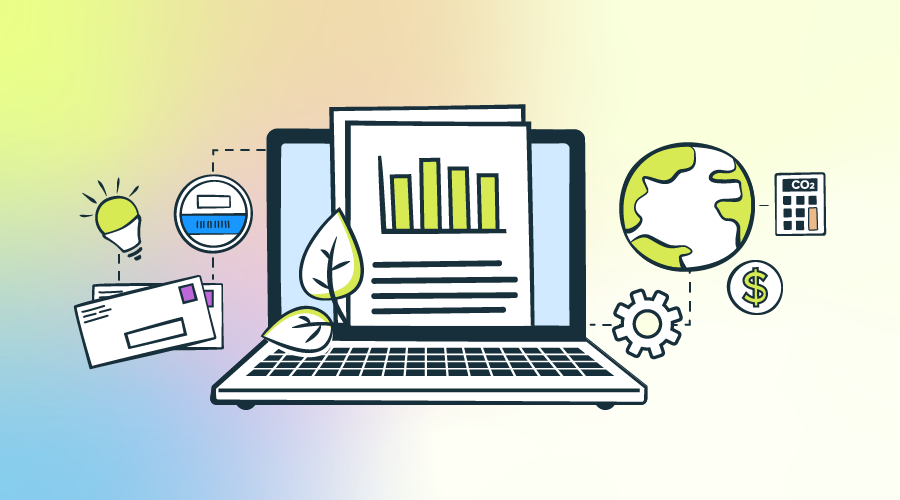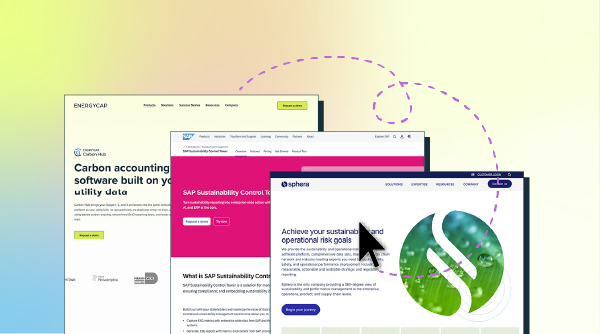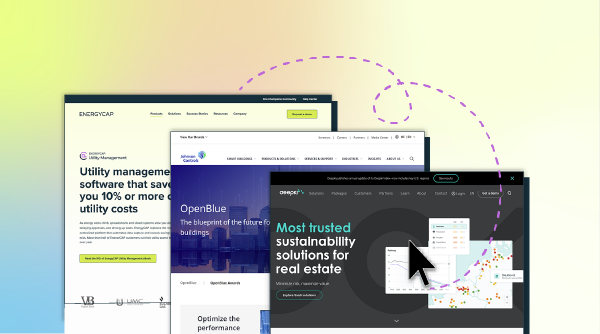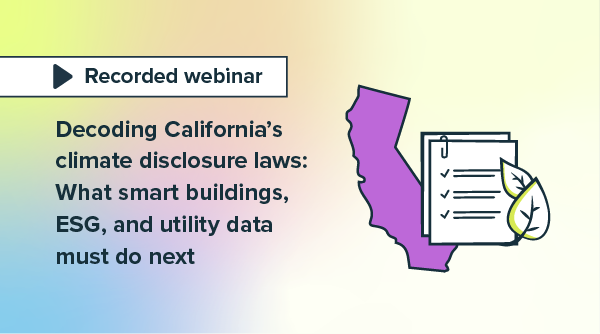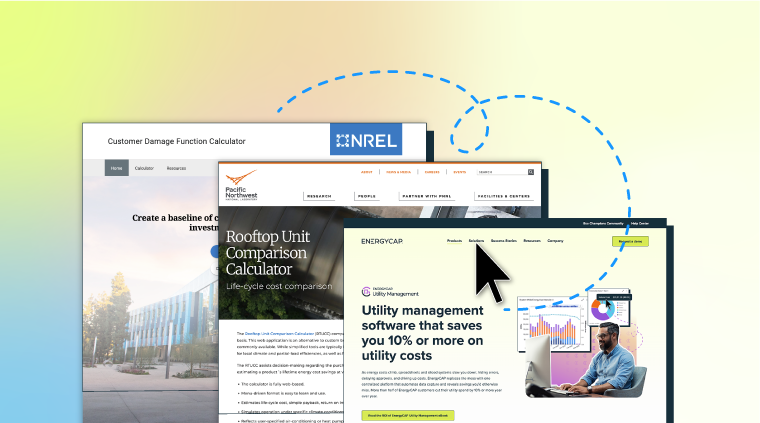Utility bills are often among the most significant recurring expenses for organizations, yet they are one of the most overlooked opportunities for cost savings. Whether you’re running a small business, managing a large corporation, or overseeing public sector operations, reducing utility costs can unlock substantial financial, operational, and environmental benefits.
Minimizing utility bills requires an approach that combines strategies ranging from analyzing energy usage to encouraging behavioral changes to taking advantage of natural light. All these efforts combined can enhance operational efficiency, reduce expenses, and support environmental sustainability.
The following is a guide that outlines practical steps and explores why reducing utility bills is not just good practice, but a strategic decision that drives value across multiple dimensions of your organization.
Track your bills
To reduce utility expenses, start by monitoring and recording your utility bills. By consistently tracking utility data, organizations can significantly lower utility costs by identifying billing inaccuracies, detecting unusual usage patterns, and uncovering opportunities for savings. Regular utility bill audits can highlight incorrect meter readings or misapplied rates, paving the way for cost recoveries and ensuring more accurate billing in the future.
Despite its benefits, this process can certainly be challenging. Managing large volumes of utility data is often complex and takes up a lot of valuable time. Maintaining accuracy and consistency across multiple utility accounts and locations also requires careful attention and expertise.
Having centralized and accurate data is the foundation of effective energy management. Having tools like EnergyCAP UtilityManagement can simplify this process by consolidating utility data, automating bill processing, and providing actionable insights. Organizations can effortlessly track consumption trends, establish benchmarks, and evaluate the impact of energy-saving initiatives, ultimately leading to more efficient utility spending.
Analyze your usage
By understanding when and where energy is used, organizations can identify inefficiencies and implement targeted strategies to optimize usage. This proactive approach not only lowers costs, but also enhances operational efficiency and supports sustainability goals.
Tips for identifying areas of high usage:
- Benchmarking: Comparing your organization’s energy performance against similar entities or industry standards helps pinpoint areas where energy consumption is above average. This comparison can reveal specific processes or facilities that require attention.
- Energy audits: Conducting thorough energy audits provides a detailed assessment of energy use within the organization. Audits can uncover hidden inefficiencies and suggest corrective measures.
- Submetering: Installing submeters allows for monitoring energy usage at a more granular level, such as specific departments or equipment. This detailed data facilitates precise identification of high-consumption areas.
- Leveraging energy management software: Implementing energy and utility bill management software can centralize utility data, streamline bill processing, and provide actionable insights. Tools like EnergyCAP SmartAnalytics enable organizations to monitor consumption patterns, set benchmarks, and track the effectiveness of energy-saving initiatives.
Optimize energy efficiency
Implementing energy efficiency measures is one of the most effective ways to lower utility bills. Added bonus: these efforts will also improve the reliability and lifespan of equipment by reducing maintenance costs and ensuring smoother operations.
Some tips for reducing energy wastage:
- Replace outdated systems with energy-efficient alternatives, such as LED lighting, high-efficiency HVAC systems, and ENERGY STAR-certified appliances. These upgrades often provide a quick return on investment through reduced energy consumption.
- Use smart thermostats, occupancy sensors, and automated energy management systems to optimize energy use based on real-time demand.
- Seal windows, doors, and other points of air leakage to prevent energy loss. Proper insulation and weatherproofing ensures heating and cooling systems work more efficiently, reducing energy consumption.
- Maximize natural lighting during the day and use energy-efficient blinds or shades to regulate indoor temperatures, reducing reliance on artificial lighting and HVAC systems.
Set energy goals
Setting specific energy-saving targets helps to achieve meaningful and measurable reductions in energy consumption by providing direction, focus, and accountability. Targets serve as benchmarks for progress, enabling organizations to monitor the effectiveness of their energy-saving initiatives and adjust strategies as needed. Energy reduction goals also demonstrate a commitment to sustainability and can improve stakeholder and customer confidence in your environmental stewardship efforts.
When planning energy reduction goals, it’s best to start by analyzing historical energy consumption data to identify patterns and establish a realistic baseline. Using this baseline, you can create goals that are specific, measurable, and time-bound, ensuring feasibility and relevance to your operations. Benchmarking against industry standards or similar organizations can also help identify areas for improvement and set competitive targets. Some goals may seem daunting, so breaking larger objectives into smaller, manageable milestones allows for steady progress. Once targets are established, regularly monitor their progress and revise based on new insights. This will ensure that goals remain realistic and aligned with organizational priorities, paving the way for sustained energy efficiency and cost savings.
Educate and engage
Energy efficiency is a team effort. Awareness and understanding empowers individuals to actively contribute to the organization’s energy-saving goals by adopting more efficient practices in their daily activities. This collective effort amplifies the impact of energy conservation initiatives and fosters a culture of sustainability.
Encouraging energy-saving behaviors requires a combination of education, incentives, and clear communication. Providing training sessions or informational resources can help employees or residents understand the importance of energy conservation and the specific actions they can take to contribute, such as turning off unused lights or optimizing thermostat settings. Incentivizing energy-saving habits through rewards or recognition programs can further motivate participation and reinforce positive behaviors. Fostering open communication and seeking input from employees or residents allows for the open exchange of ideas and ensures that energy-saving initiatives are practical and well-supported, ultimately driving long-term behavioral change.
Setting visible energy-saving goals and regularly sharing progress updates creates transparency and keeps individuals motivated. With EnergyCAP, can track energy consumption and promotes energy programs through its comprehensive reporting feature, which provide clear, actionable insights into energy usage, costs, and program effectiveness. These reports are designed to be accessible to all stakeholders—from decision-makers to employees—ensuring everyone involved has a clear understanding of the organization’s energy performance.
Stay informed
Utility rates can fluctuate due to changes in energy markets, regulatory policies, or seasonal demand. Understanding these shifts allows organizations to anticipate cost changes and plan accordingly. Being aware of regulations ensures compliance with local, state, or federal mandates related to energy usage, emissions, or renewable energy requirements, which helps avoid penalties or fines. Organizations can also take advantage of potential cost-saving opportunities, such as incentives for energy efficiency upgrades, tax credits, or discounts for off-peak energy usage.
To stay in the know, organizations can establish direct communication with their utility providers by subscribing to newsletters, updates, or alerts about rate changes and new policies. Monitoring government and regulatory agency websites can provide insights into upcoming legislative changes that might impact utility costs. Using energy management software-such as EnergyCAP-offers another efficient way to track rate trends and analyze utility data, ensuring that organizations are equipped with the latest information. Energy experts or industry groups can also provide valuable advice and updates on energy market developments and compliance requirements. Regularly reviewing utility bills and comparing them with current rate structures is also an effective practice for identifying discrepancies or opportunities for optimization.
Conclusion
Reducing utility bills is a multifaceted process that involves tracking, analyzing, and optimizing energy usage. By setting clear goals, educating stakeholders, and staying informed, you can achieve significant savings while contributing to environmental sustainability.
And, you don’t have to do it alone! Visit EnergyCAP to explore tools and resources that make energy management easier and more effective.

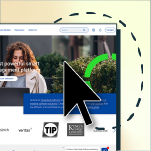
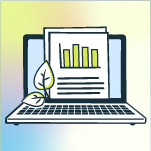
![Top 12 sustainability reporting platforms (ESG) [2026]](https://www.energycap.com/wp-content/uploads/2025/12/blog_article_top-sustainability-platforms.webp)

